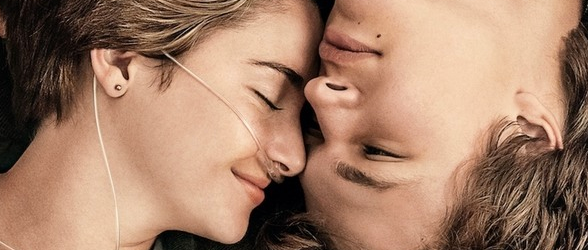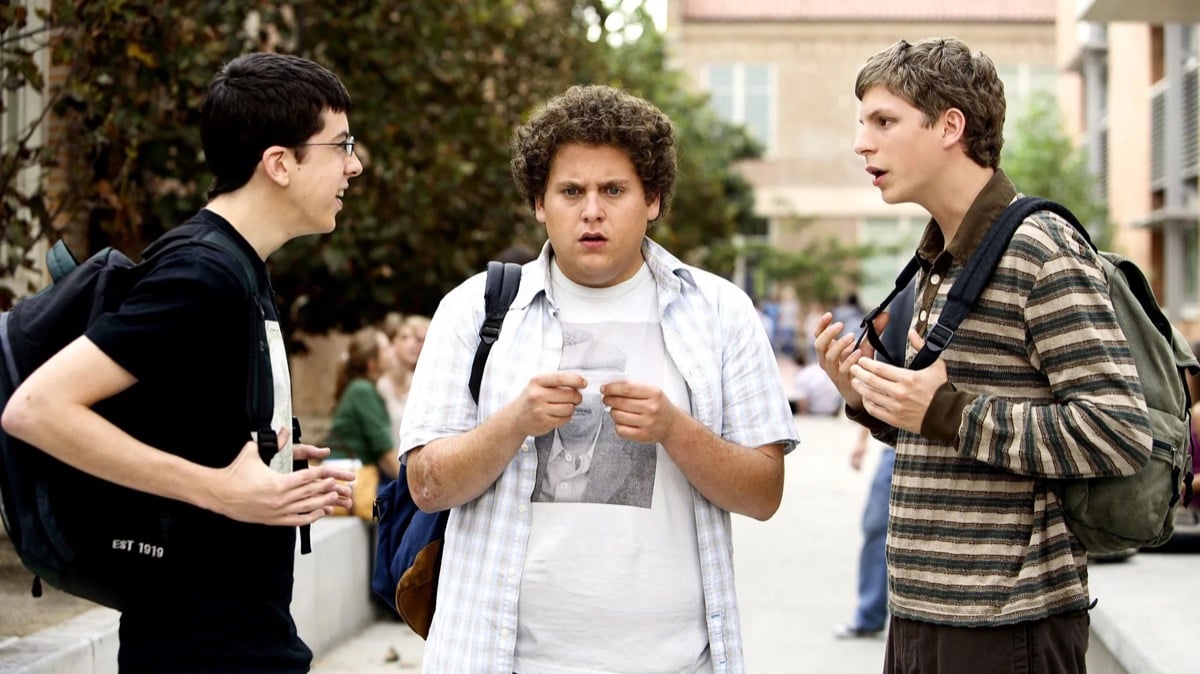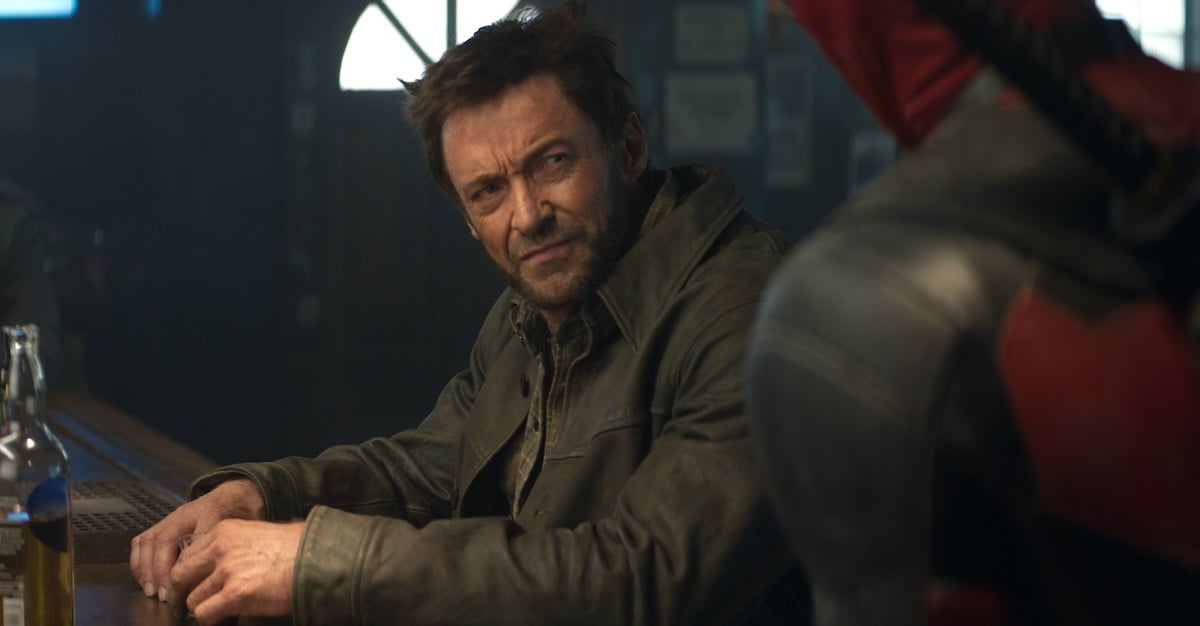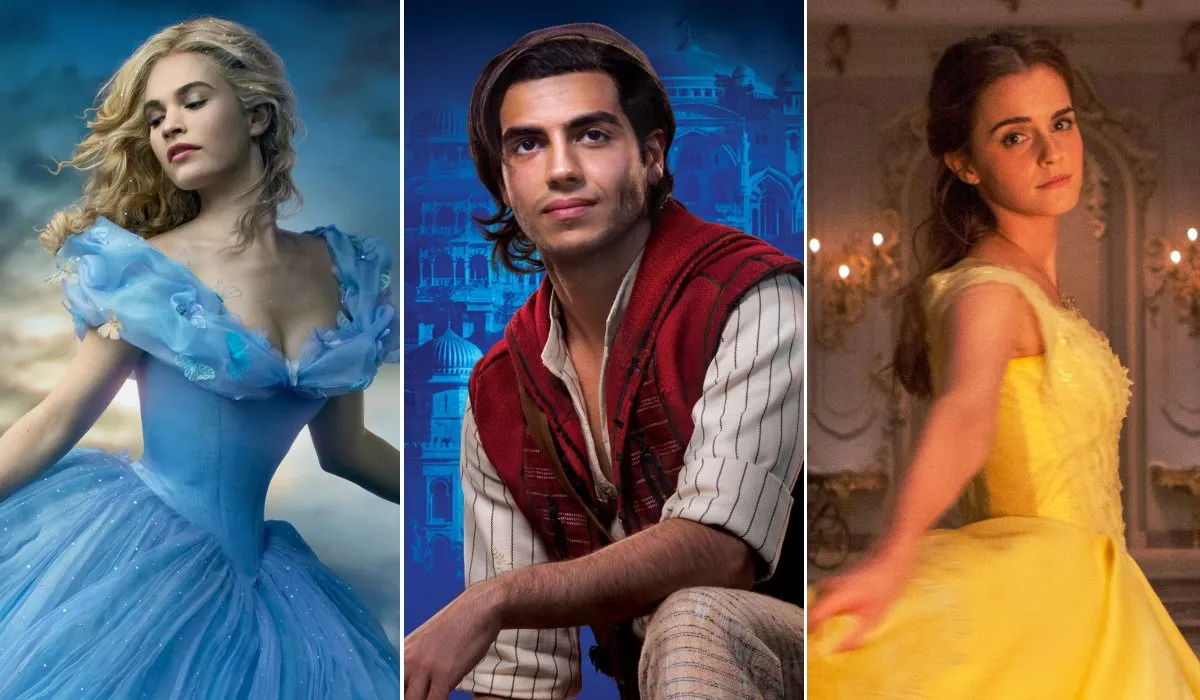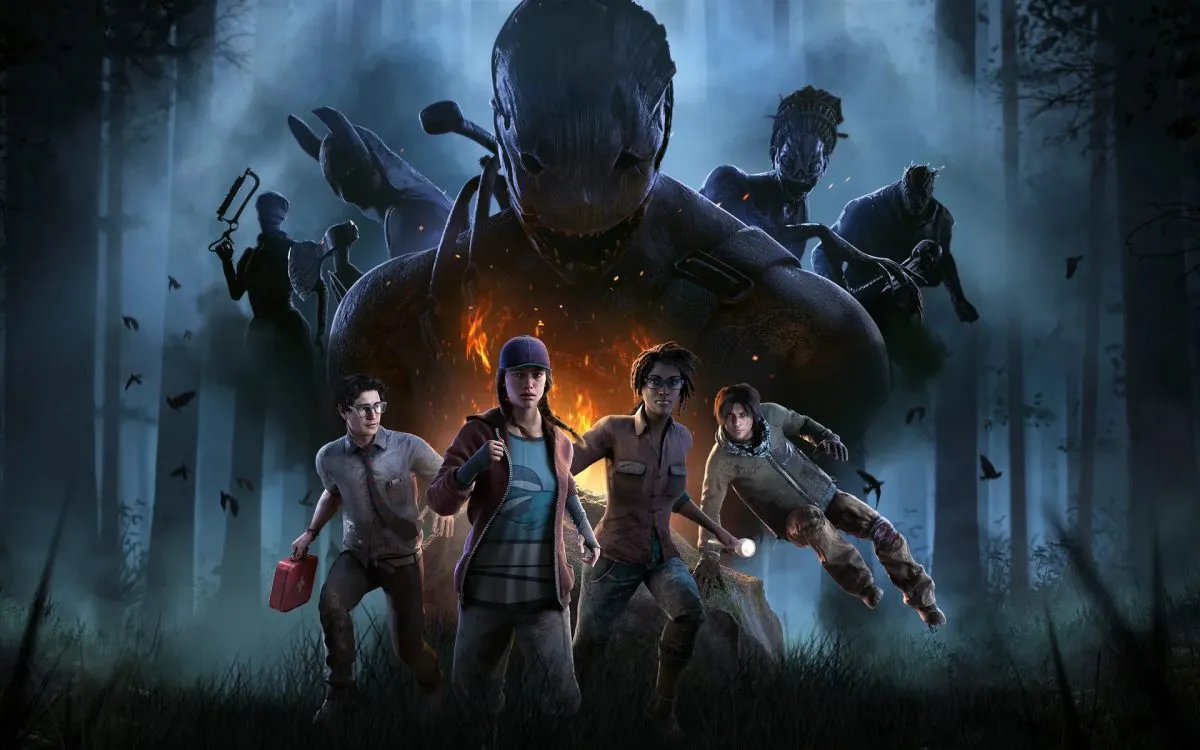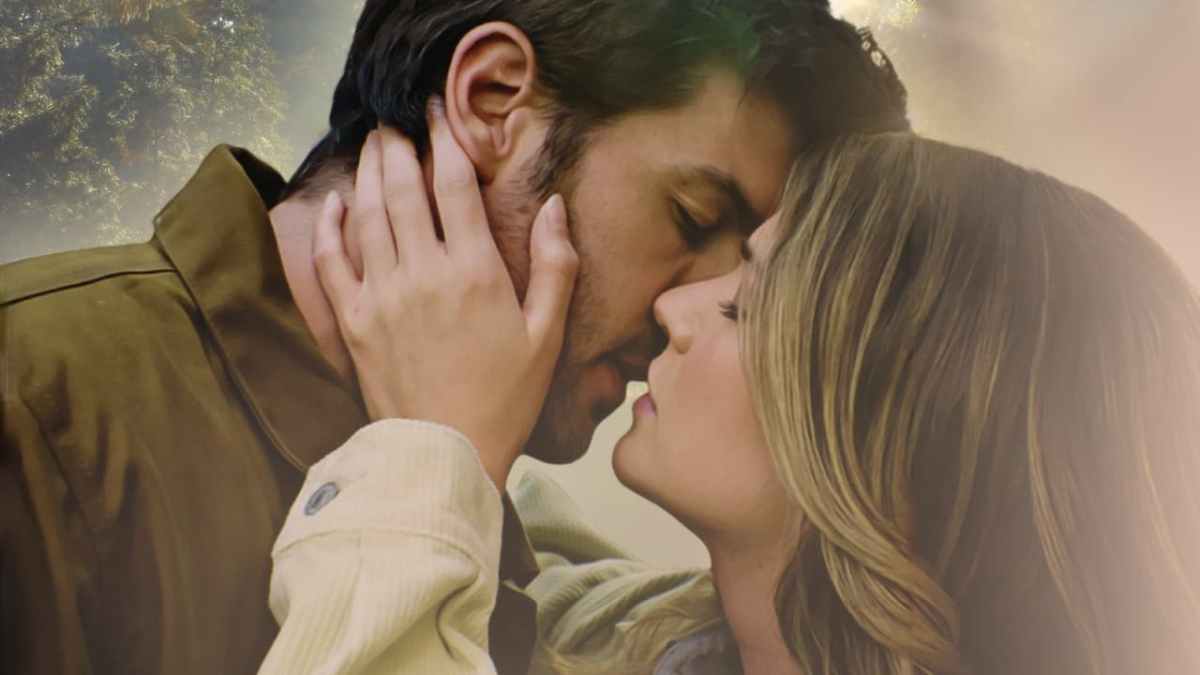I held out a spectacularly long time. I would like that known. Tears did not leave my eyes until the film’s third and final act. This is not to shame those for whom the tears came sooner; for many the weeping was but a foregone conclusion. For some they never came at all. For others they were entirely the point.
But I’d just like it known.
A lot of what’s being written about The Fault in Our Stars right now can be (reductively) summed up as mass exclamations of “Pain! Glorious pain!” But the movie itself, for all its reputation, seems more committed to the story it’s telling than to whether or not you’re sobbing in your seat. There’s something cathartic about weeping through a theatrical experience, yes—but there’s nothing glorious about bearing witness to the bubbling over of a kid’s self-loathing over not being able to not be sick, or in watching saliva and vomit drip from their sobbing mouth, reminding us that dying is not about dignity, or beauty, or glory.
That is not to say, though, that The Fault in Our Stars is not interested in beauty; the film is endowed with the same lush colors director Josh Boone used in his debut film Stuck on Love. Does the richness distract from the harsh realities of the illnesses the film’s leads—Hazel Grace Lancaster (Shailene Woodley) and fellow cancer kid Augustus Waters (Ansel Elgort)—live with every day? It’s possible. But the film also demonstrates a faithfulness to the depiction of these kids and their “situation,” and that comes through loud and clear even as Woodley and Elgort’s skin glistens a little too beautifully.
It makes sense that this film lives and dies (no pun intended, I promise) on the ease with which Woodley and Elgort fall into their characters and, as the story progresses, into each other. Elgort flourishes in the latter objective, engaging from the get go. Some will undoubtedly be put off by the sheer force with which his charm comes at you, but that’s always been a danger with the character of Augustus Waters. He’s at his best, then, when he’s letting it come naturally: In his back-and-forth with Woodley’s Hazel, and in the moments (a scene on a plane comes to mind) where Elgort made clear the direct throughline between Augustus Waters and TFiOS author John Green. When it comes to the mannerisms it’s unlikely to be readily apparent to anyone who hasn’t watched hours of Vlogbrothers videos or otherwise interacted with Green, but Green’s energy is everywhere in this film, from the dialogue pulled straight from the book (the vast majority of the novel’s most beloved lines stay in-tact, including most of Gus’ sweetly pretentious monologues), to the philosophical questions that haunt Gus. For the hoards of nerdfighters to whom this movie is more than just the latest teen flick to hit the theaters, those are things that mean a lot. I’m grateful to screenwriters Scott Neustadter and Michael H. Weber (The Spectacular Now), as well as to Boone, for how clearly their affection for the source material shines through.
There has been a lot of rumbling around the Internets regarding the debatable appropriateness of the part in the story that has Hazel and Augustus swept up in kisses in the Anne Frank House. I’m not here to be the definitive voice on whether or not that was “okay,” but I will say this: The message comes through clear and strong as we watch Hazel struggle to make way through that building. In one particularly powerful shot she pauses, hunched over, struggling for breath, in front of a particular excerpt of Frank’s words:
“I long to ride a bike, dance, whistle, look at the world, feel young and know that I’m free.”
It’s that shot to me—not her kiss with Gus—that is the crux of that scene. Maybe it’s even the crux of the film.
One of this film’s most powerful elements has always been that at its center it is a story about a girl with a visible disability. Hazel Grace Lancaster is not Anne Frank, and the Holocaust and cancer are not the same thing. For many it will be regarded a clumsy move, and I get that. But, like many things throughout this narrative—cigarettes, an art installation of bones, an old swing set, a drawing of a pipe—it’s a symbol, not the thing itself. It’s also worth noting that this is the first ever film that’s been allowed to film in the Anne Frank House: The people who run it have never allowed as much of the actual house to be used before, and they made an exception because they felt this story treated it respectfully. They, too, are not the definitive answerers to what’s right and what’s not, but it’s a decision that speaks to what this story means to some people. And when my mind wanders back to this movie in the coming weeks, it won’t be that kiss that I’ll be remembering; it’ll be that shot, and Frank’s words, and the way those things drive home that the fault is in our stars, contrary to what Shakespeare’s Julius Caesar says.
As with any narrative propelled entirely by emotion, a lot rode on the performances in this movie. And, by and large, they were great. Nat Wolff, who will be starring in the next Green adaptation Paper Towns, gave a performance that did exactly what a supporting role’s supposed to do: He added color, and context, and humor, at once filling out Isaac as his own whole human while still leaving room for the story to be about the kids who are actually dying. Isaac’s sick, and that’s important and unfair, but this is still by-and-large a story about death. Which is why it was crucial, too, that Hazel’s parents were marvelously cast, and they were—somehow Woodley does seem like the sum of Laura Dern and Sam Trammell‘s parts, the culmination of their combined wits, pathos, and physical attributes like Trammell’s facial shapes and Dern’s long-limbedness. Their performances ensure that Hazel’s relationship with her parents shine through as just as essential to this film as Hazel’s relationship with Gus. And though Elgort’s Gus is solid, he’s dwarfed by Woodley—not through faults in his own performance so much as that Woodley is practically seamless as Hazel. Her performance reigns as the most consistent and consistently impressive force of this movie. Considering this film couldn’t have succeeded without a Hazel you could really feel, that’s a thing that shouldn’t be underestimated. We go on this journey with Woodley—we’re in her hands, and she proves here what nimble hands they are.
Between The Fault in Our Stars and The Hunger Games: Catching Fire, this has been a good year for big film adaptations that stay true to the edicts of the beloved books they’re translating. As a proud fan of both YA and of movie-making, it’s a trend I am thoroughly in love with. Often the Hollywood system can take the books we love and make them feel like a business, like their only value is in their ability to turn out a franchise and please the masses. And sure, The Fault in Our Stars will probably please the masses much like Catching Fire did, albeit likely a few million dollars less. But I walked out of The Fault in Our Stars wrapped up not in the movie’s financial future, but in a feeling: That having our favorite stories spun into a different format for our further enjoyment can feel like a privilege—especially when it’s clear the people making it love these characters and their story just as much as you do.
The Fault in Our Stars has as many questions for itself and for its audience as its young protagonists have for the author of their favorite book: What does (or what can) life mean in a world that allows so much suffering? Can the people we love move forward once we’re gone? What’s the impact of a life if it’s not a life that’s being written about in history books? How do you live a worthwhile life in a system so thoroughly rigged? Despite the potential nihilism in such questions, Fault is not a film interested in sitting endlessly in its own tragedy. In fact, from its most oft-repeated refrain—”okay”—to its final scene, The Fault in Our Stars might even—somehow—leave you hopeful.
Alanna Bennett is a pop culture writer living in Los Angeles. She got her start here at The Mary Sue and is now a full-time writer over at Bustle. She is the author of Veronica Mars, Girl Wonder: From Teen P.I. To Pop Culture Feminist Icon, coming out digitally this summer via Harlequin. You can find more of her writing here and watch her rant endlessly in realtime here.
Are you following The Mary Sue on Twitter, Facebook, Tumblr, Pinterest, & Google +?



